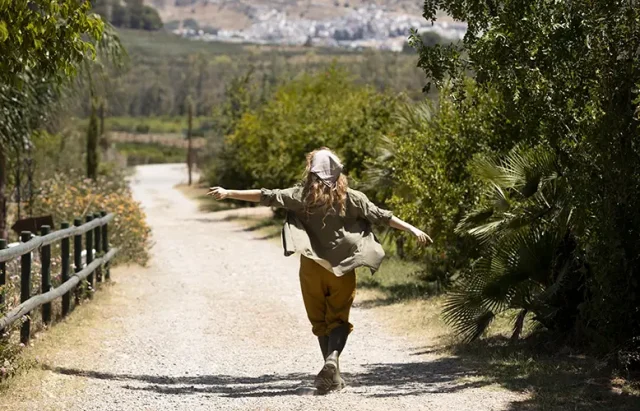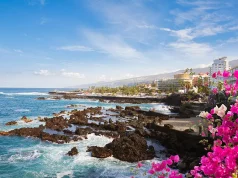
Apulia, the ‘heel of Italy’, is a charming region packed with cliffside coastal paths and ancient hill towns. It’s the perfect destination for walking holidays in Italy, whether you’re a seasoned hiker or a casual rambler.
If you’re interested in exploring Apulia’s Mediterranean coastland and whitewashed towns in 2025, check out our guide below.
The Allure of Salento’s Coastal Paths
Santa Maria di Leuca lies at the very tip of the heel of Salento, where the Adriatic and Ionian seas meet. The town, or frazione, is well-known for its iconic lighthouse, which rises 102 metres above sea level and is still in use today.
From Leuca, you can take a series of coastal paths north towards Otranto, winding past sea caves and abandoned watchtowers. For a short but breathtaking cliffside trail, take the Sentiero delle Cipolliane near Gagliano del Capo. Bird watchers can spot kestrels, falcons, and migrating birds before stopping off at secluded beaches further north.
Olive-Grove Trails and Itria Valley Trulli
Head further inland to the Itria Valley, an area renowned for its rolling hills dotted with ancient olive trees and trulli, the region’s cone-roofed dwellings. Trulli were built from limestone with prehistoric mortarless construction to serve as homes for agricultural labourers and temporary field shelters.
In 1996, the trulli of Alberobello were designated as a UNESCO World Heritage Site. Around the town, you’ll find a network of country lanes and footpaths that wind through fields of wildflowers and dry-stone walls. These routes are particularly beautiful from late March to early June when poppies, orchids, and daisies blanket the landscape.
Tracing History from Lecce to Otranto on Foot
History buffs should consider a walking itinerary that links Lecce, Otranto, and the surrounding inland villages. Start in Lecce, the “Florence of the South”, and marvel at the intricate facade of the Basilica di Santa Croce, with its stone figures kneeling in a line supporting the structure with their bare hands.
From there, head east towards Otranto, a fortified coastal town with a vibrant old centre, a cathedral famed for its 12th-century mosaic floor, and walkable city walls overlooking the sea. From Otranto, you can choose between inland trails that lead through Martano and Carpignano Salentino and stroll past trattorias and historic farmhouses.
Forest Trails and Hidden Beaches of Gargano
Further north lies Gargano National Park, which tourists often overlook despite its trails and the Tremiti Islands archipelago. Take your time as you stroll through the ancient oak and beech forests in the Foresta Umbra, and keep an eye out for deer and wild boar.
Along the coast, you can take the pilgrimage path to Monte Sant’Angelo, one of the I Borghi più belli d’Italia, or “The most beautiful villages of Italy,” where a hilltop sanctuary and sweeping views await. To avoid the risk of heat waves, visit in September or October. You’ll benefit from milder temperatures but will still catch the sun.





